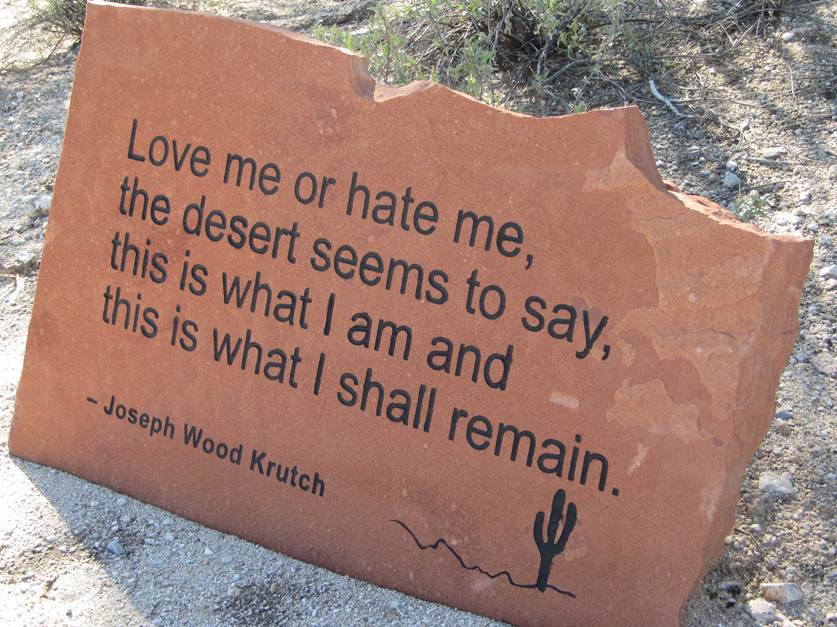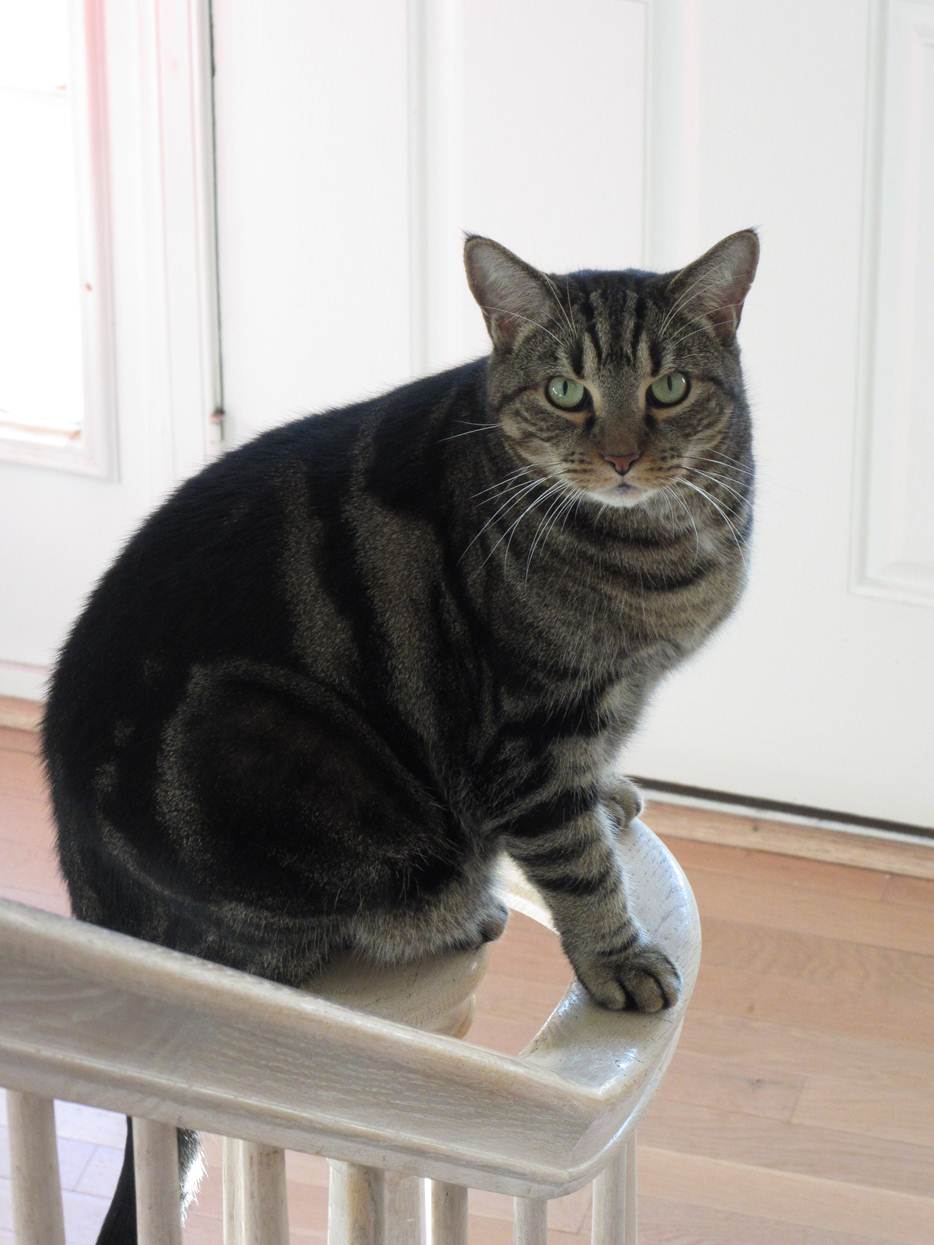The nation at war had formed the habit of summary action, and it was not soon unlearned. - Frederick Lewis Allen in Only Yesterday: An Informal History of the 1920s
~~~~~
Wars result in more than just winners and losers…changes in country boundaries. They are disruptions that often change life in fundamental ways. The quote today is about the impact of World War I on the US - pointing out that the pace of life had changed significantly. The faster pace of the 20s must have seemed quiet alien and not even the depression damped it back to the pre-World War I level. It was a step increase rather than a more gradual trend that has happened since.
World War II set the stage for college education being opened to a much larger portion of the population. Prior to that time, the people that went to college were mostly from elite families that could afford to subsidize their children into adulthood. The GI Bill meant that almost all men could earn the opportunity to go to college. It took a while for the trend to spread to women but it did. Again - it was a step increase initiated by the war and then a gradual increase in availability and accessibility of college education after that.
Think back on your family history and talk to family members that remember the time before World War II if you are fortunate enough to have them with you. How did the war change the lives of your family?
- Did fewer of them remain farmers?
- Did they migrate from wherever they were before? How many ended up on a ‘suburb’?
- Where were babies born (hospital or at home)?
- What kind of school did the children go to (building, size of classes, type of teacher, school sponsored activities)?
Did the Korean, Vietnam, and 1st Iraq Wars have an impact that was significant? Perhaps these conflicts should have taught us more than they did.
It is probably too early to determine the most significant change the Afghanistan/Iraq war has had on our nation. Based on the amount of time and the lives lost, we should expect that there is something.
Perhaps it will be our acceptance of a dramatic reduction in personal privacy initiated by the increased surveillance in our lives (for example, airport security checkpoints). Of course, the advent of social media and data mining on the internet has happened concurrently and that did not happened because of the war. Taken together the ‘step’ erosion of privacy is probably already a reality.
Perhaps it will be our use of surrogates - drones flown by remote pilots or computer controlled vehicles - that will change things over the long haul. It depends on how the technology is translated from the military world into the day to day lives of people. Certainly driverless cars on our streets and highways would change our day to day lives.
What else might be the most significant change from the Afghanistan/Iraq war?


































